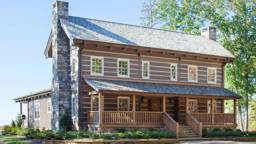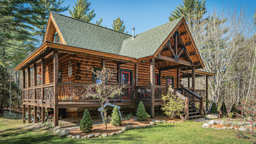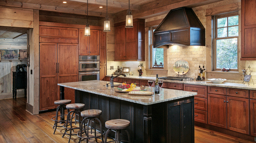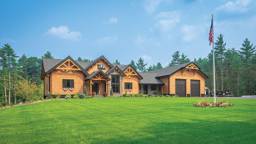Determining how large or small you want your log home to be can be a difficult and highly personal exercise. Some people are quite comfortable in close quarters, while others require a substantial amount of room to spread out. Some need only the fundamental rooms to get by, while others operate home-based businesses or pursue hobbies that require special accommodations.
We can’t provide a universal size chart to satisfy everyone’s spatial needs, but there are a few standards in the design industry that can help your plan make the grade. Here’s the breakdown.
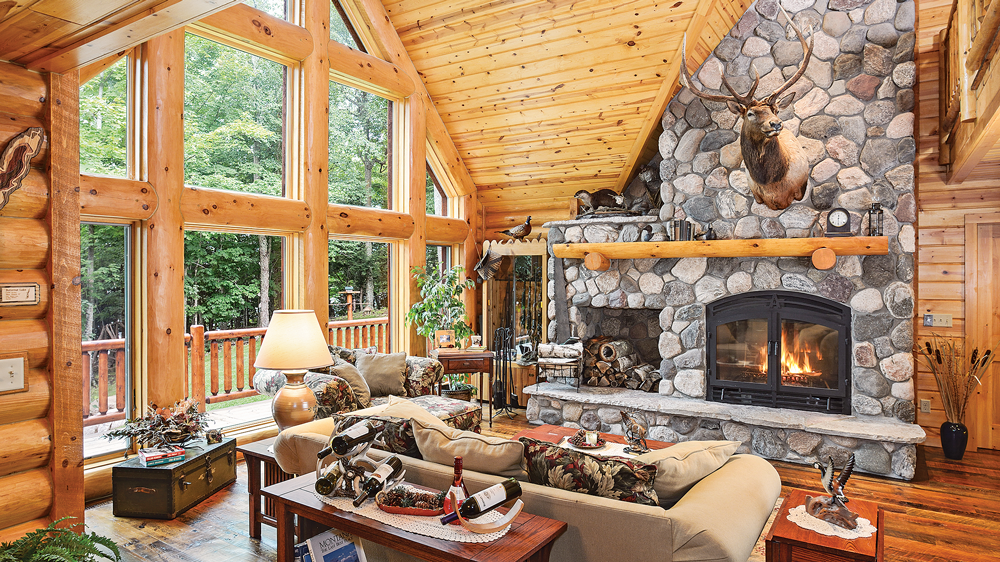
GREAT ROOMS
For a great room to live up to its name, it has to feel warm and welcoming — that begins by creating a cozy conversation area. The primary seating arrangement should be about 10 feet in diameter, then add extra space for nooks or bump-outs around that. For circulation, the path between low objects, like sofas and tables should be about 18 inches wide. That may sound narrow at first, but it’s plenty of room to walk. From there, factor in any other necessary square footage, like space for a baby grand piano, an heirloom armoire or other items that are singular to your space.
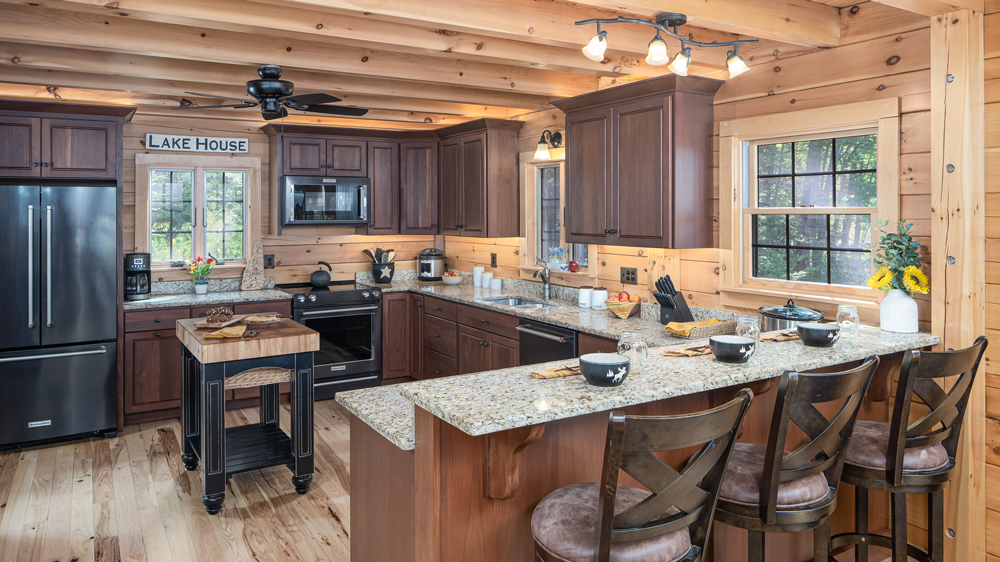
KITCHENS
In modern families, there’s typically more than one cook in the kitchen, and current designs reflects this approach by creating zones for specific tasks, like baking, food prep, serving, cleaning and storage. It kind of throws the traditional kitchen-triangle configuration out with your 10th grade geometry notes.
While the zone plan opens your kitchen up to a wide array of layout options, there are a few essential measurements to keep in mind:
Doorways should be a minimum of 32 inches wide. Passageways should be 36 inches wide, but in work areas, they should be a minimum of 42 inches wide, and, if you are a dual-cook household, expand that width to 48 inches. Doors, including cabinetry and pantry doors, should not interfere with appliance function.
For countertops, ideally you’ll have a total of at least 160 inches of usable space, which includes long wall spans and island surfaces. The sink should be flanked with at least 24 inches of countertop to one side and 18 on the other, and allot 15 inches of clear space next to the refrigerator for inserting/removing items. If your cooktop will be on an island, plan roughly 9 inches of counter beyond the burners. If that island pulls double duty as a dining area, allocate about 28 to 30 inches of space per body for comfort, as well as 36 inches behind, both for pulling chairs in and out and for a clear walkway.
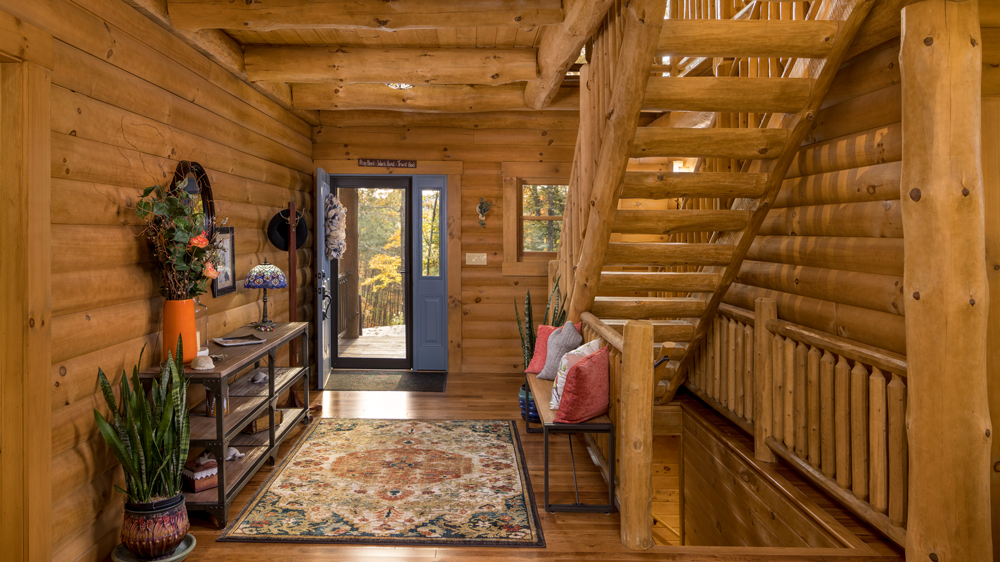
ENTRIES
The average person requires 3 to 5 feet of space to comfortably remove a coat and shoes. While you don’t necessarily need a formal foyer, your home’s entryway should be large enough to accommodate this amount of space times the number of people who will come in and out through this area regularly. So if you have a family of five, your primary entry, whether it’s the front door or a mudroom, should be 15 to 25 feet in total area. Add a little more square footage if the space will also be a drop zone.
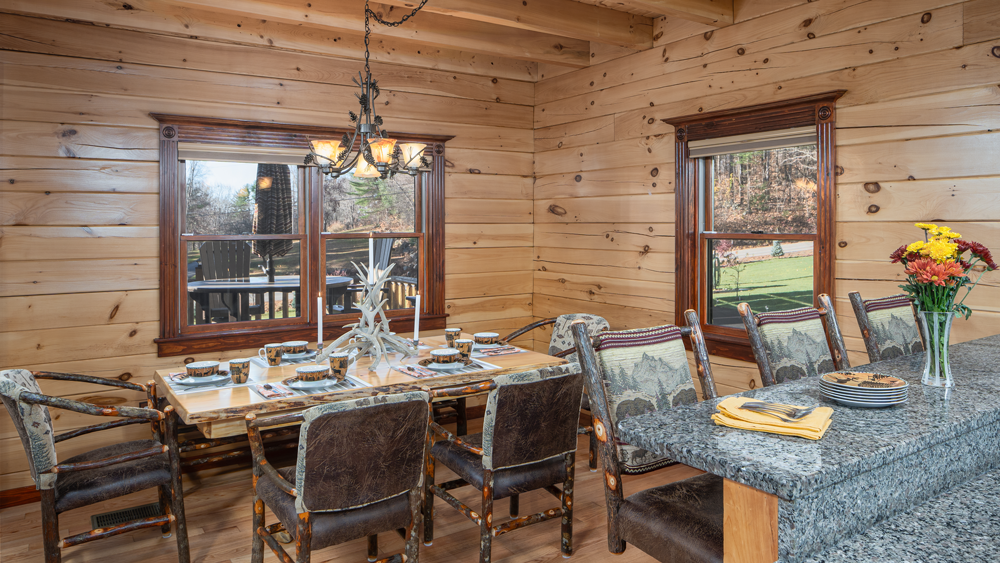
DINING ROOMS
Many of today’s homes have done away with the dedicated dining room in favor of an eating space elsewhere, however there are still a few guidelines to follow.
For starters, your table should provide at least 2 feet of space per person. So if you sit down to a meal with an average of six people at a time, you’ll need an 8-foot-long table (two people on each side and one at each head).
With that in mind, you can start to add up the square footage you need for the rest of the dining area. Be sure to include items like a serving sideboard or china cabinet. If foot traffic will pass behind seated diners, allow at least 44 inches to walk by easily. If you simply need an “edge pass,” 36 inches will do.
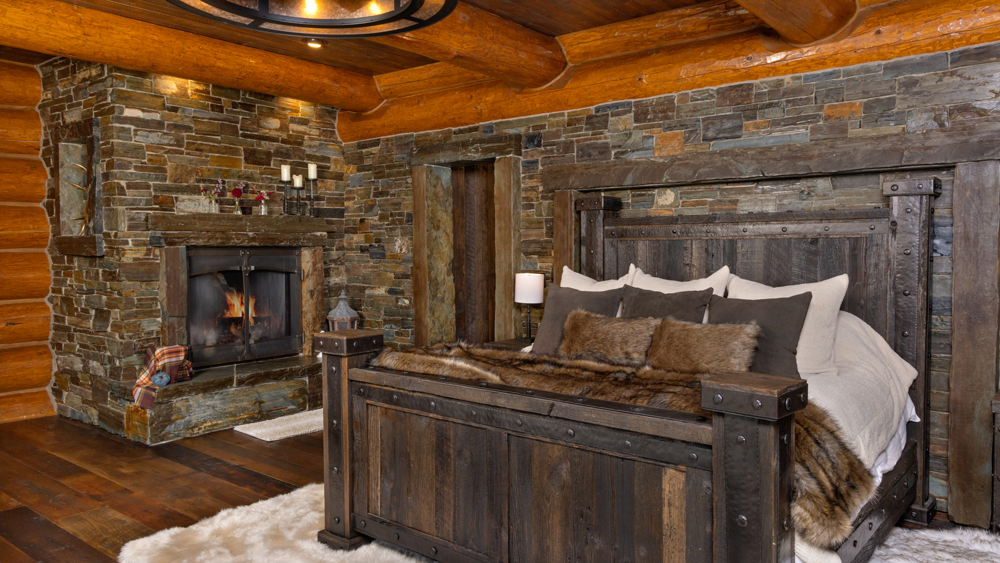
BEDROOMS
At the bare minimum, a bedroom should be 10-by-10 feet. This gives just enough space for a full-size bed, a chest of drawers and, possibly, a chair. It’s plenty of space for a small child or an occasional guest, but probably too small for older, regular occupants. The owners’ quarters can be as grand or as cozy as your imagination and budget will allow, just be sure to include at least 4 feet of clear space in front of closets for dressing and door swing (today’s popular sliding barn doors help to take the swing factor out of the equation). Also incorporate 30 inches of walking clearance around large pieces of furniture.
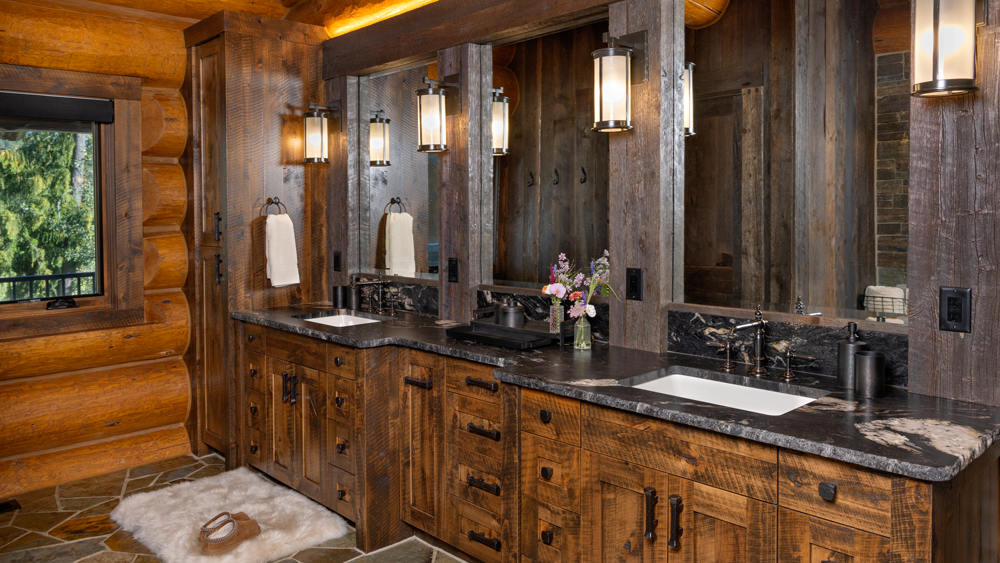
BATHROOMS
Every bathroom, from powder rooms to en suites, should have 30 inches of clearance from the edge of one fixture to the opposite fixture or obstacle, like a wall or doorway. The distance between the center of two sinks should be at least 36 inches to avoid bumping into your partner as you share the space.

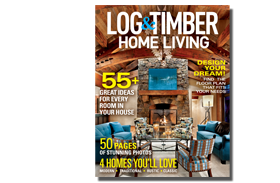

_11868_2023-12-20_08-12-256x288.jpg)
